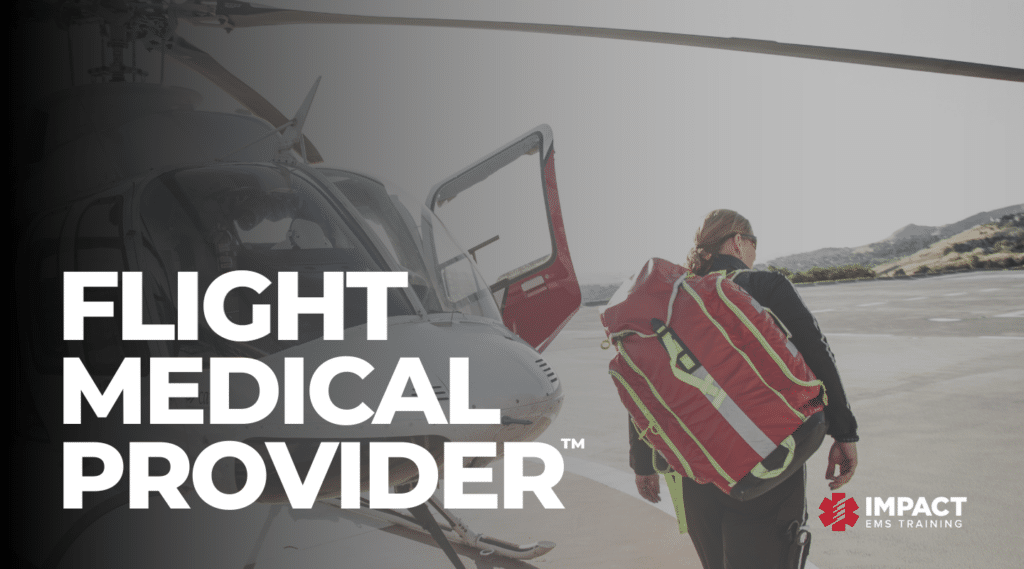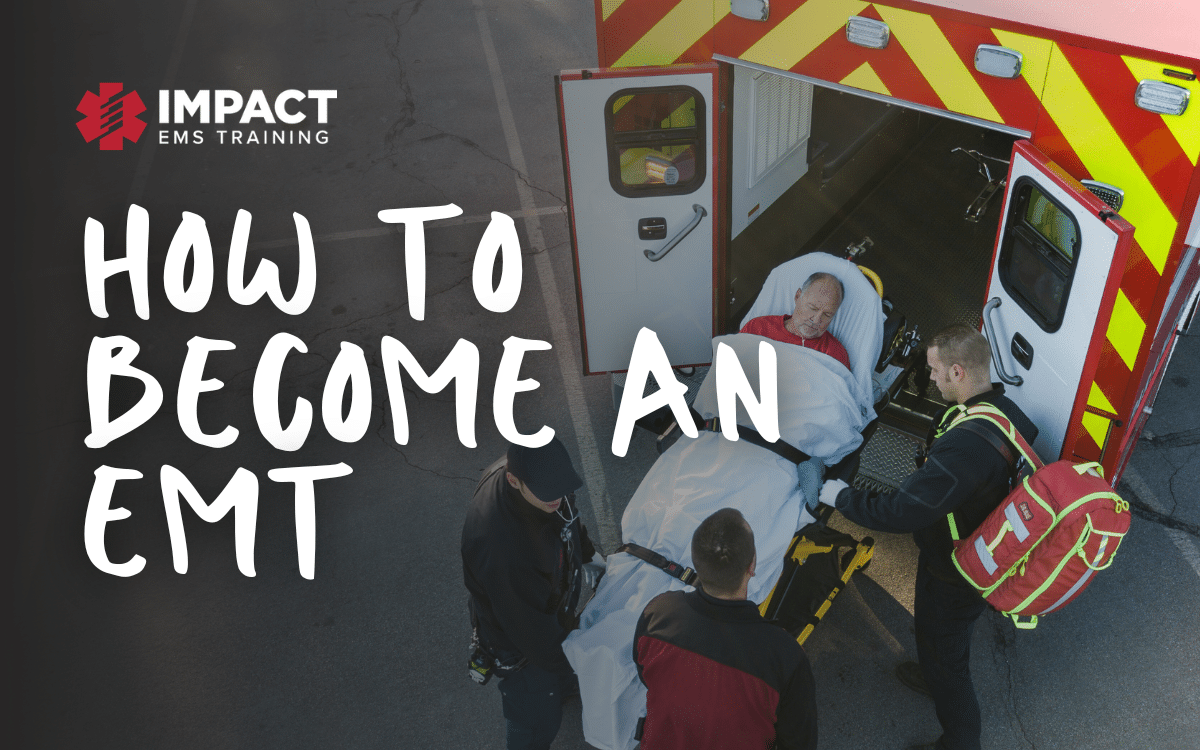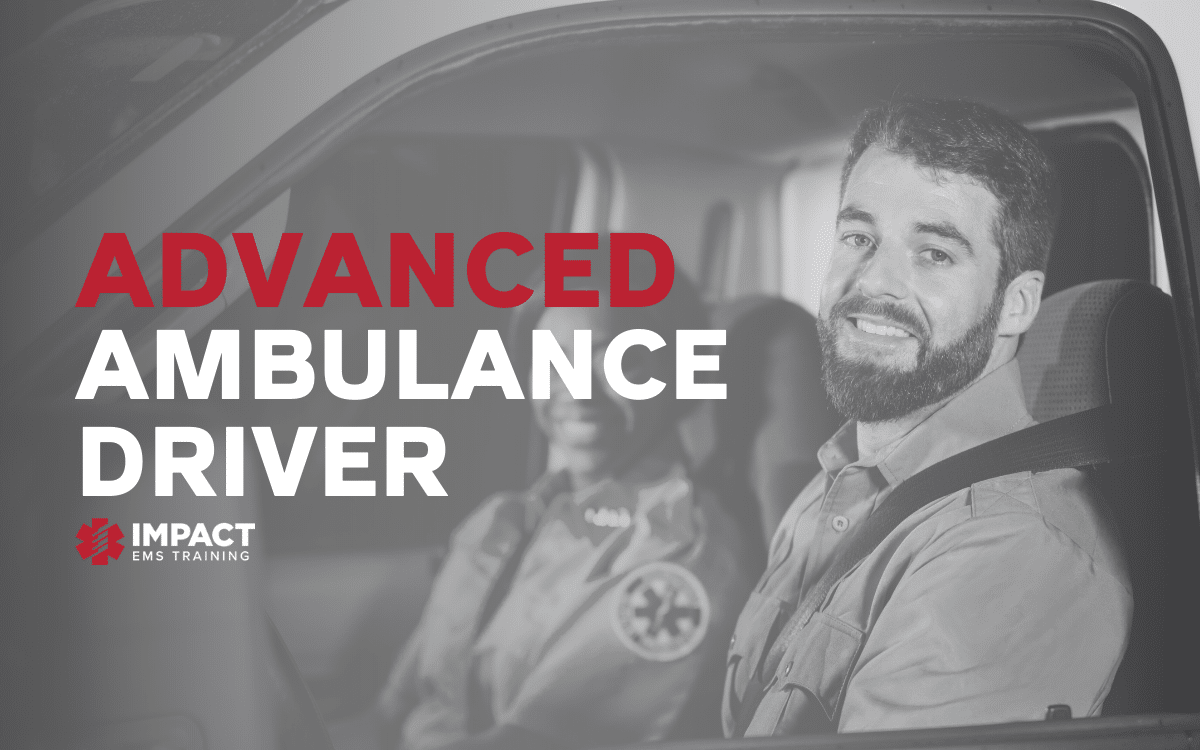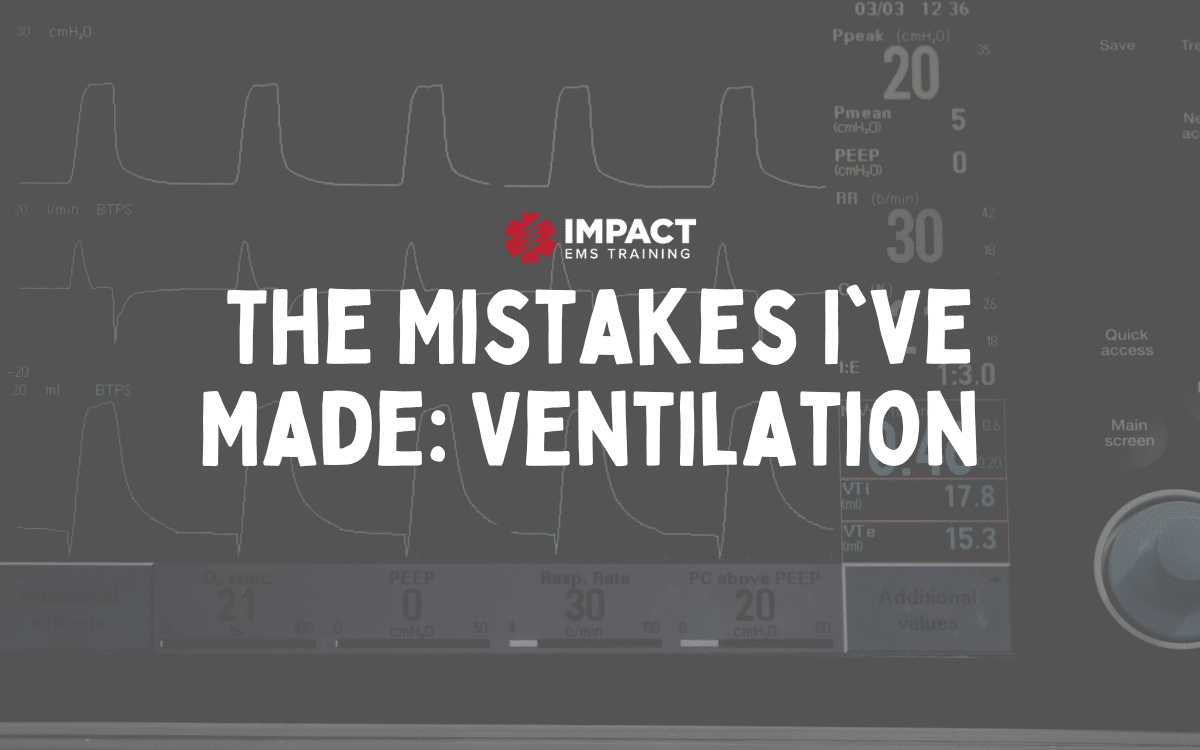Fair warning – this might sting a little.
First, here is a short summary.
Say the words complacency in EMS, and most of us will nod in unison and conjure images of the “corner cutters” that work in the profession. These are the providers that know the policies and they know the protocols, but when in action, they deviate from the expected, pretty regularly. Their practice gets sloppy and their patient care delivery becomes a liability. Their attention to crew safety parameters gets lowered, situational awareness becomes hazed with distractions. When they cut enough corners..when they continuously drift from the established protocols and consistently deviate from safety practices someone eventually is going to be hurt or worse. In the end, overtly complacent providers in a profession as complex as first response are dangerous. It is worth repeating here and posting on the walls at our stations – complacency kills.
All of this is pretty well understood and agreed upon. At some point we, the ‘rule followers,’ feel pretty good about ourselves after we have the conversation on complacency. We fist bump and say things like “yeah, I know providers like that,” or “we should weed them out,” or “if they’re not here for the right reason, there’s the door, man.” More fist bumps ensue.
But, what if after all the lectures at the conferences and all the safety notices at the work meetings, and after all the corner-cutting hazards have been discharged from the profession – there is still another level of complacent providers left?
Wait for it – I am talking about us, the rule followers.
Did you just sit up in your seat? Did that bristle you a little bit? Good. Keep reading.
Let me assure you, if you’re reading this, you are in a very large, very well-intentioned group of providers that performs slightly above average, on average.
Wait, did that just bristle you again? Good. Keep reading.
We’re called the ‘rule-followers’ for a reason.
- We don’t deviate from protocols.
- We don’t cowboy our practice without medical command.
- We don’t pencil whip our checklists, our training, nor our documentation.
- We don’t cut corners on our assessments, our physical care of the patient nor the safe operation of our particular EMS platform.
In summary, we do not fit the traditional definition of complacent. Just check our annual reviews – ‘meets or exceeds all expectations.’ Congratulations, you and I have met the expectations. If there was a patch for checking the boxes, we have earned it.
We arrive on time, we check the rig, we clear our inbox, we attend the meetings, we keep our workplace tidy, we get out the door in a timely fashion, we safely treat and transport our patients.
We do everything that a paying employer could want from a line EMS provider, check, check, check. No complacency to be seen.
Unless you think bigger.
Consider this – the absence of overt complacency does not mean we are fully engaged. In other words, ‘not cutting corners’ is not enough.
In a given shift –
- Did we address that cynical provider that cuts down morale or did we just sit quiet?
- Did we take the time to learn something new or did we relax in the recliner after completing the checklists?
- Did we take time to mentor the new provider or did we leave that to the ‘education folks?’
- Did we bring even a portion of our human values like empathy, kindness, or integrity to our interactions with patients or did we just monitor and document?
- Did we notice that a fellow provider is emotionally hurting or did we ‘mind our own business?’
- Were we, overall, more anti-things or pro-things?
- Did we practice professional accountability to improve conditions around us or did we pass it off as “not my job,” “above my pay grade,” or worse yet, “not my problem.”
- Did we leave things better than we found them or by staying safely disengaged, did we just promote the status quo?
Do you see where I’m coming from here?
There is the complacency that we first discussed, the dangerous corner-cutting of established practice and safety. This version of complacency is choosing to take the short cuts and choosing to work around the standards. Quite simply, it is choosing to do less.
Then, there is Complacency 2.0. This complacency is much more insidious because we feel we are doing the right things already. It’s the stuff that you and I are right in the middle of, and in the long run, it is just as deviant.
Complacency 2.0 is choosing to not do more.
We can do better.
We can be better.
So, now we are altogether bristled up and uncomfortable. What do we do now?
First, we should start by giving ourselves some credit. After all, you and I are here, we are doing the work, we are getting the job done and what we do matters.
But, should we settle for participation trophies in a profession that has the potential for so much human impact?
I think we need to acknowledge that there is another level.
In fact, there is a responsibility in this profession, to not just avoid being complacent, but to do the work to become exceptional human beings.
After all, isn’t that the kind of provider you would want to respond to your family’s emergency?
For us ‘rule-followers’ to become exceptional, we must push into some new territory:
- examine our own standards and then raise them. Expecting more from ourselves is a great start, because no one else has an ‘eye’ on us quite like we do for ourselves.
- check our convictions, our assumptions, and our actions when they matter most.
- look for the extra, the one more thing that we can do for each other, for our patients, for our profession.
- choose to be kinder. The world is full of people that excel at being unkind. Let’s take it the other direction and set an example.
- listen more; not just to respond, but to really just listen.
- speak up for the right things. Advocate for those that can’t for themselves. Call out injustice and unfairness. Then, provide ideas for what a better way might look like; be part of the solutions.
- be there for others.
- be passionately compassionate.
- be all in, every day, every shift, every call, every patient encounter.
- aim to be the center of the ripple that changes the profession around us.
It’s quite a goal list, but it’s not even close to the entire list. Being a better provider, a better person, is an infinite objective. It really is about making better choices along the way.
Is it easy? Somedays no, not at all, because we are often going to find ourselves standing alone as we work to become exceptional human beings.
Becoming exceptional takes work. It takes consistency. But most of all, becoming exceptional requires the starting point of any significant change – courage.
I hope to see you next month for a discussion on moral courage – not just one of the virtues, but each of the virtues at their testing point.
Until then, go be exceptional.
Impact EMS offers accredited certification and refresher courses in one trusted location. Fully prepare for certification exams and maintain licensure with skill building credits.





